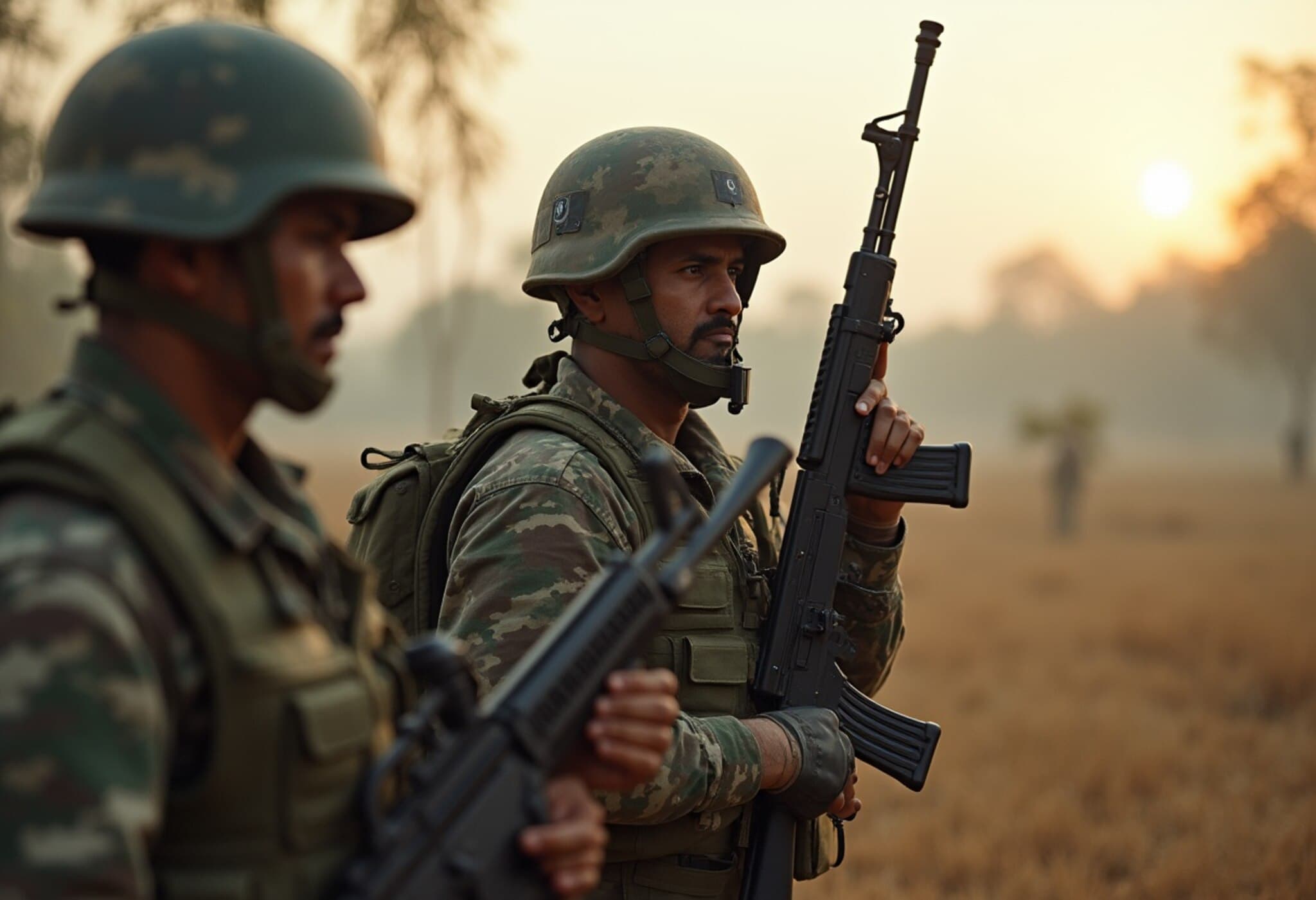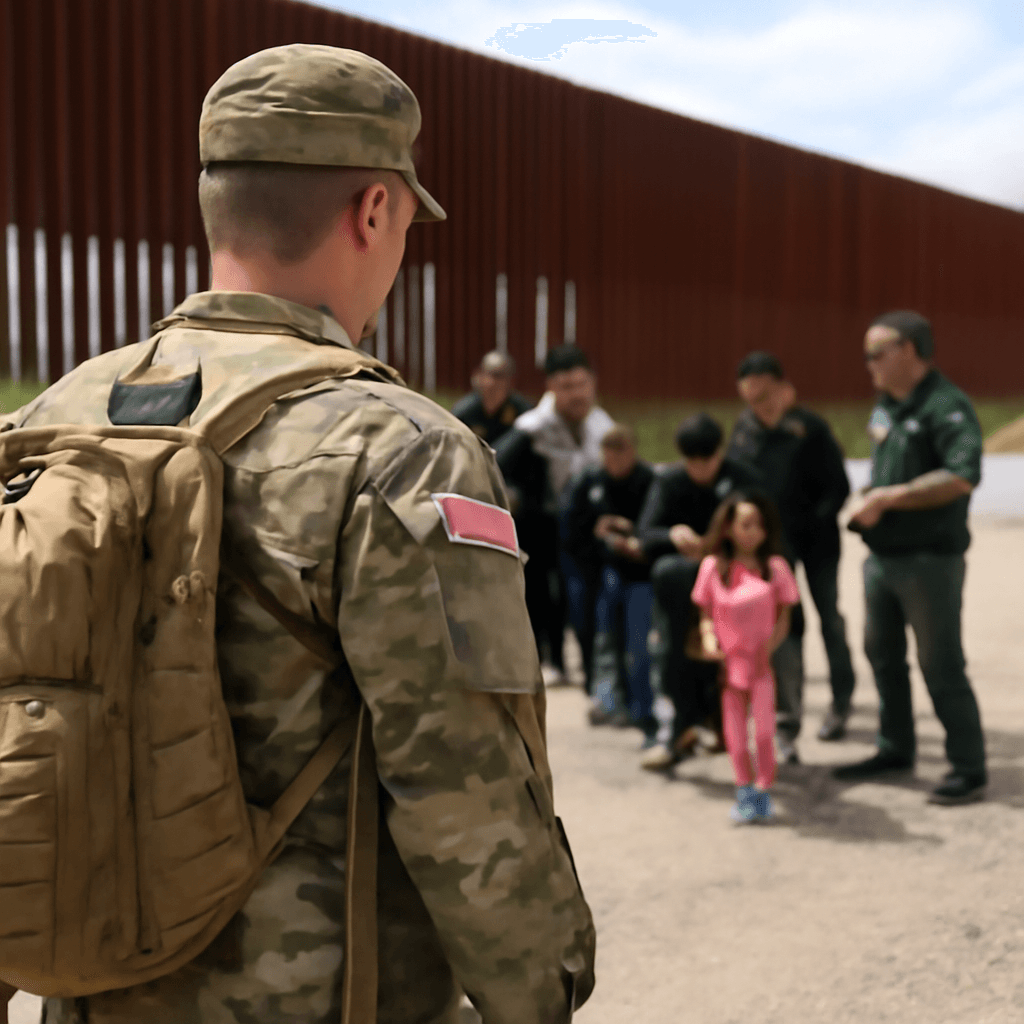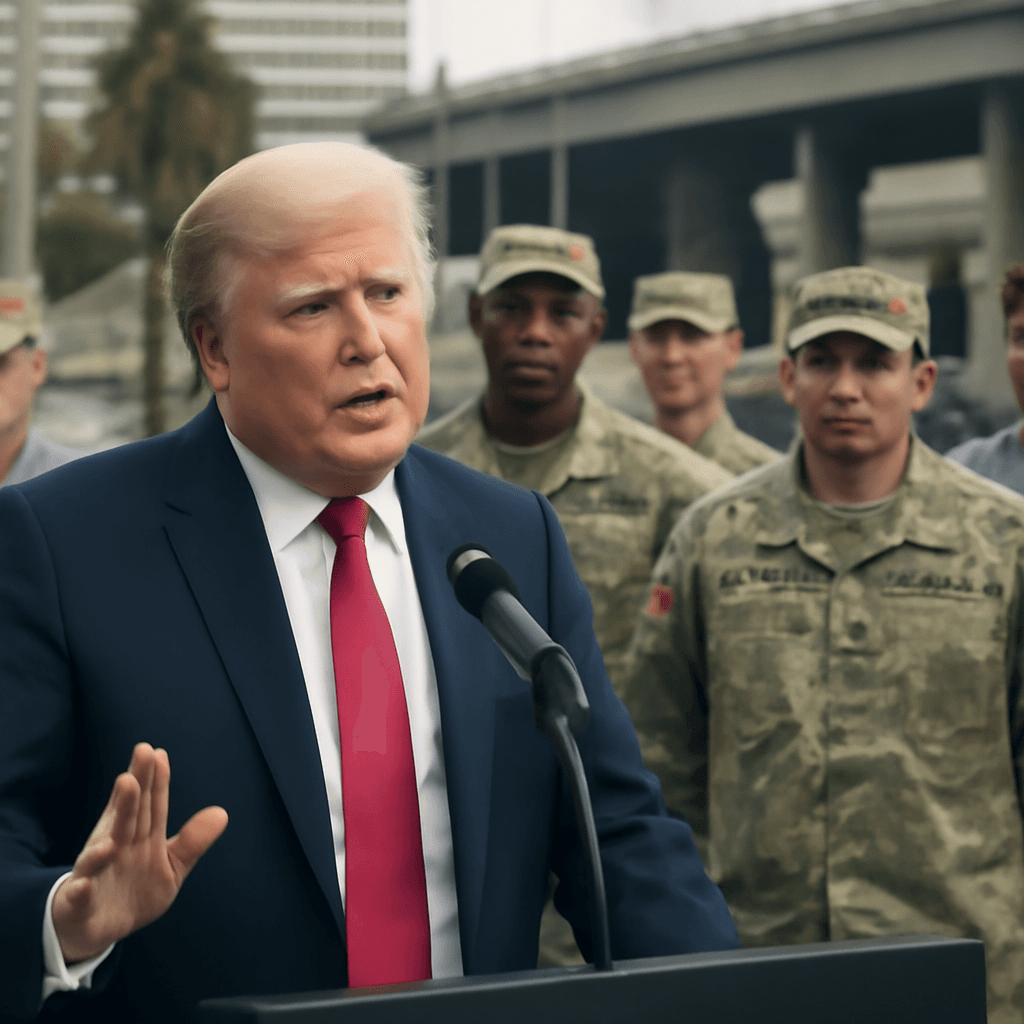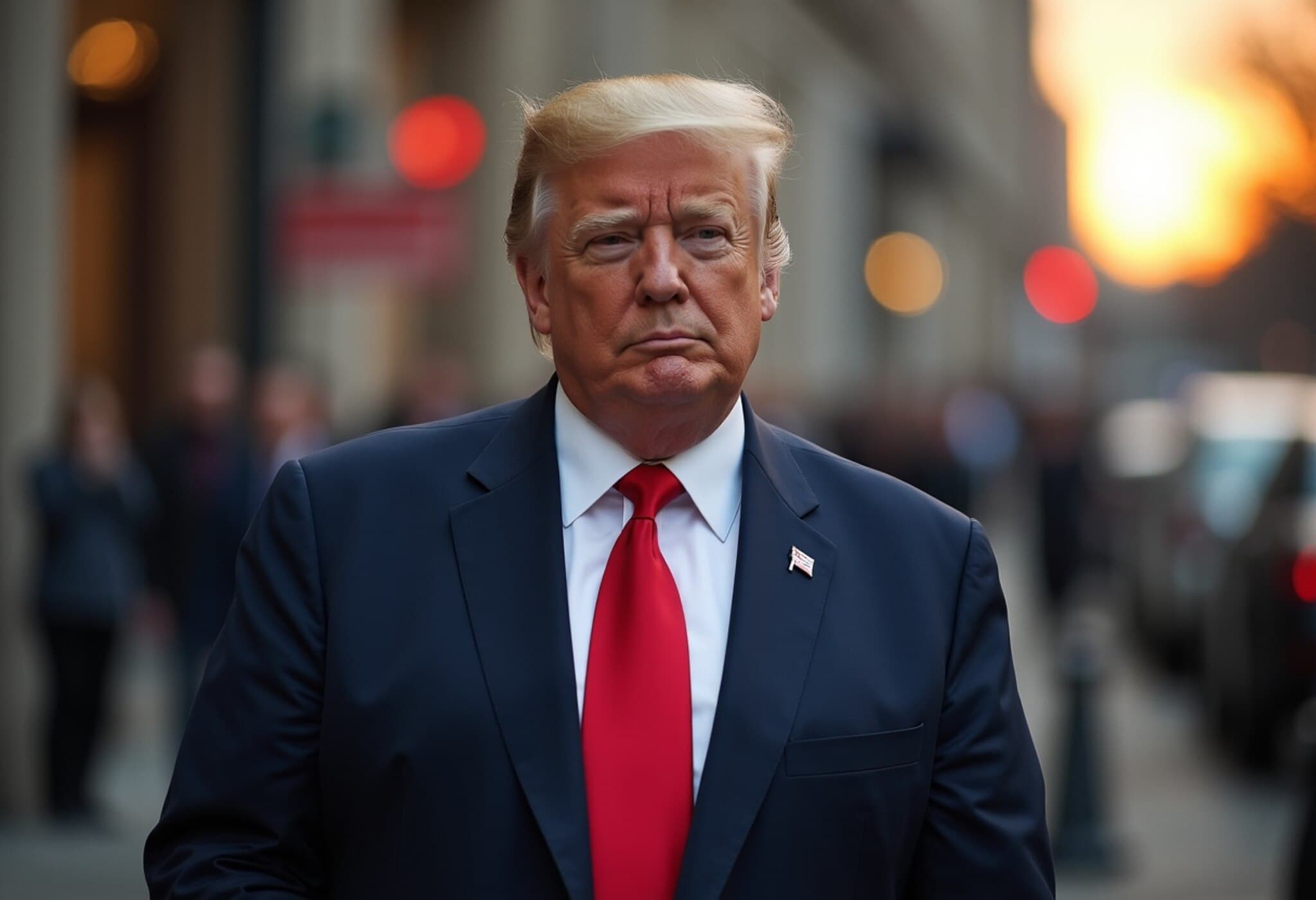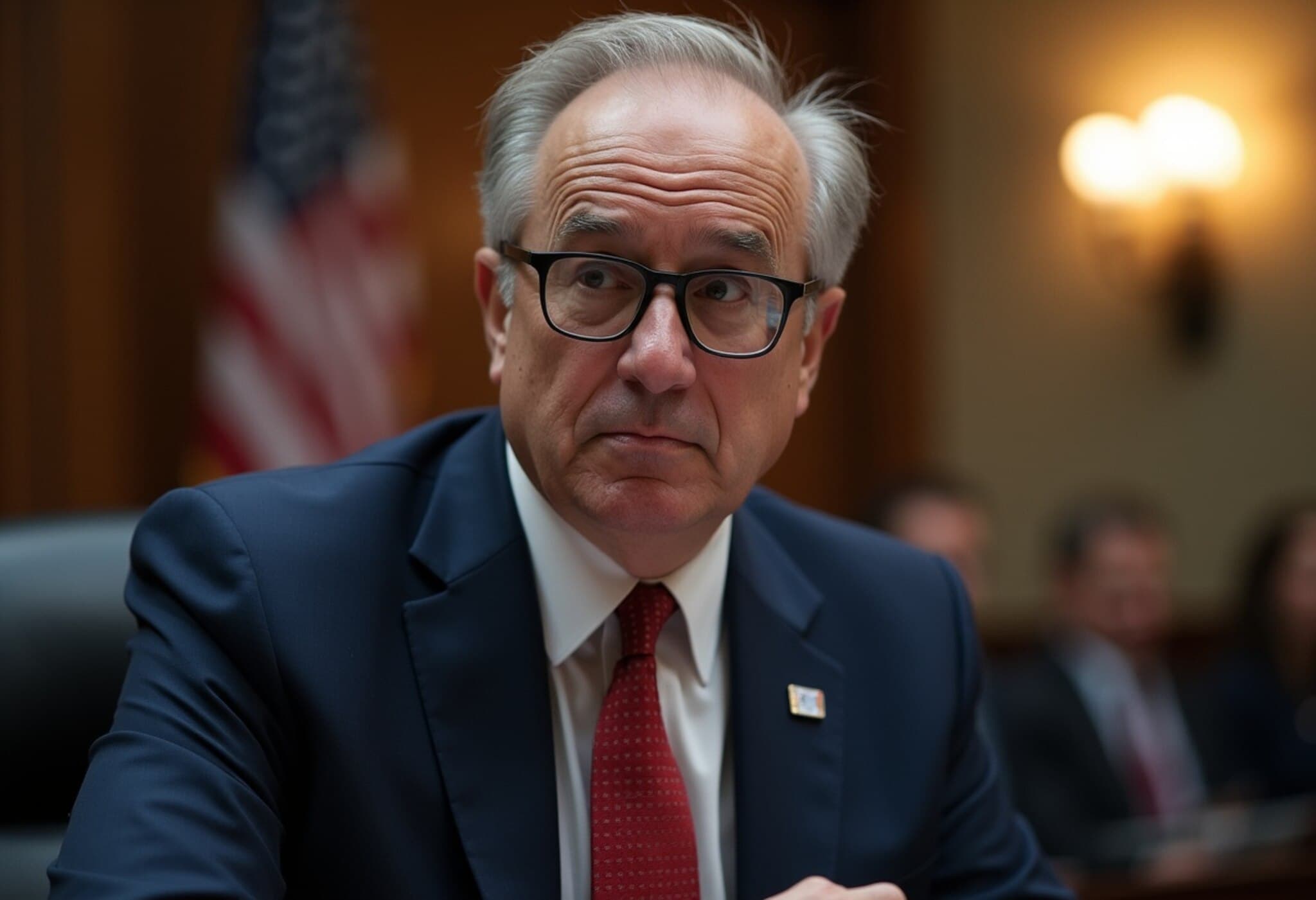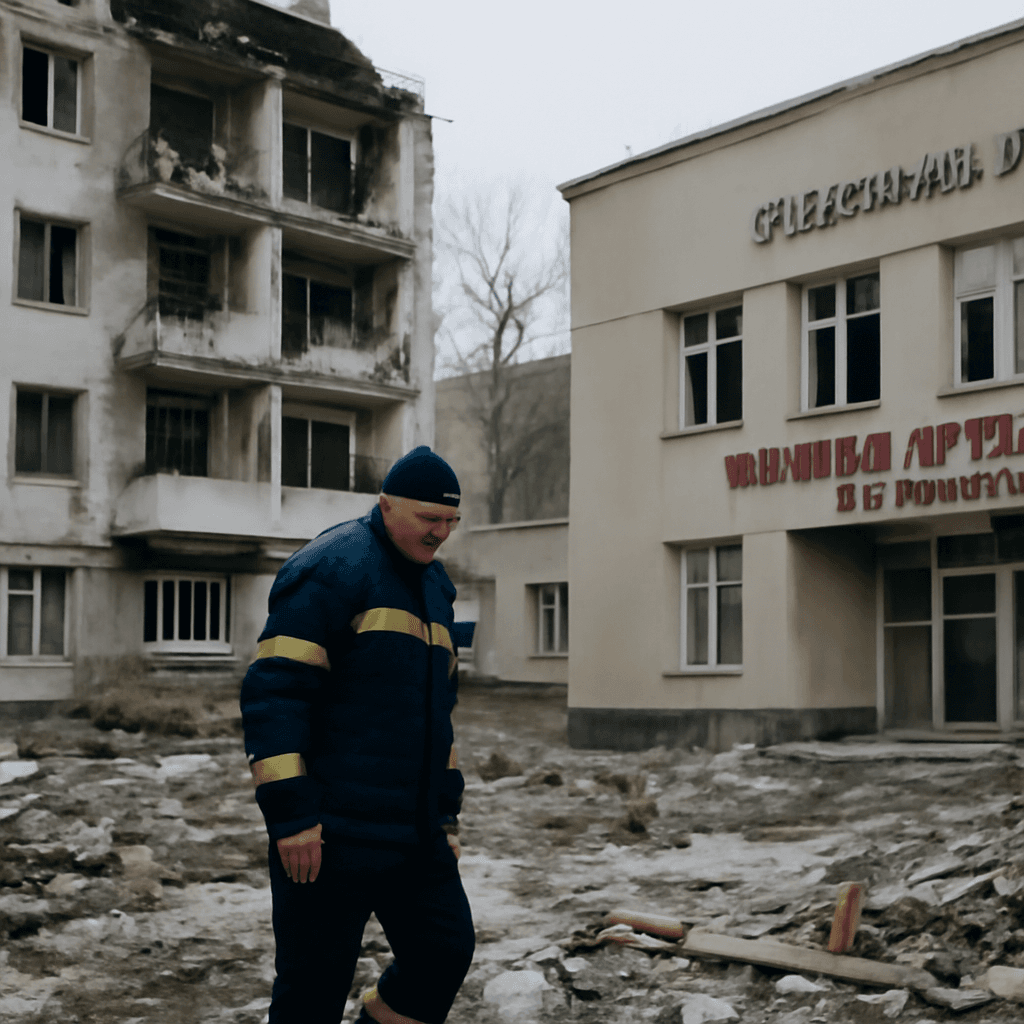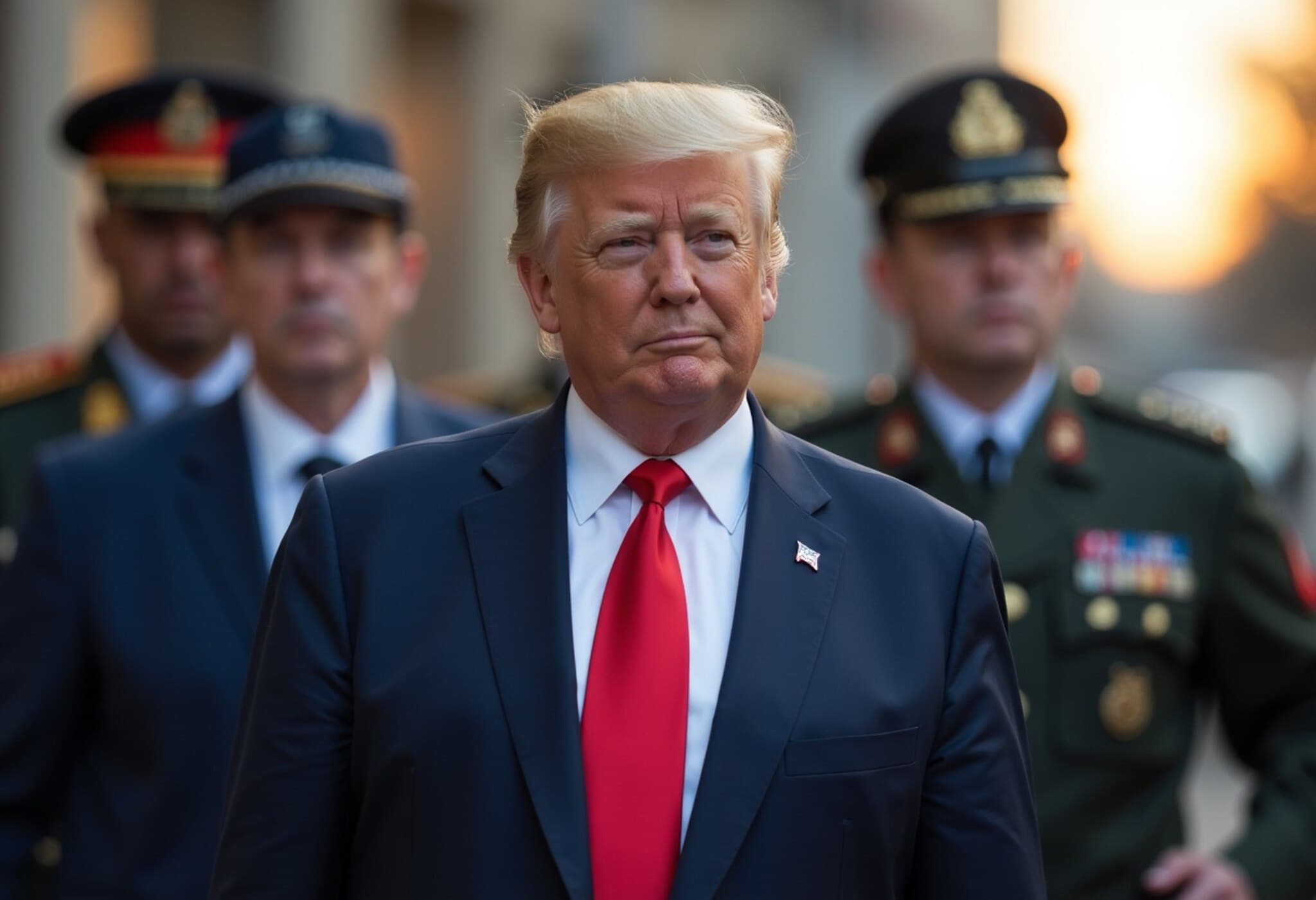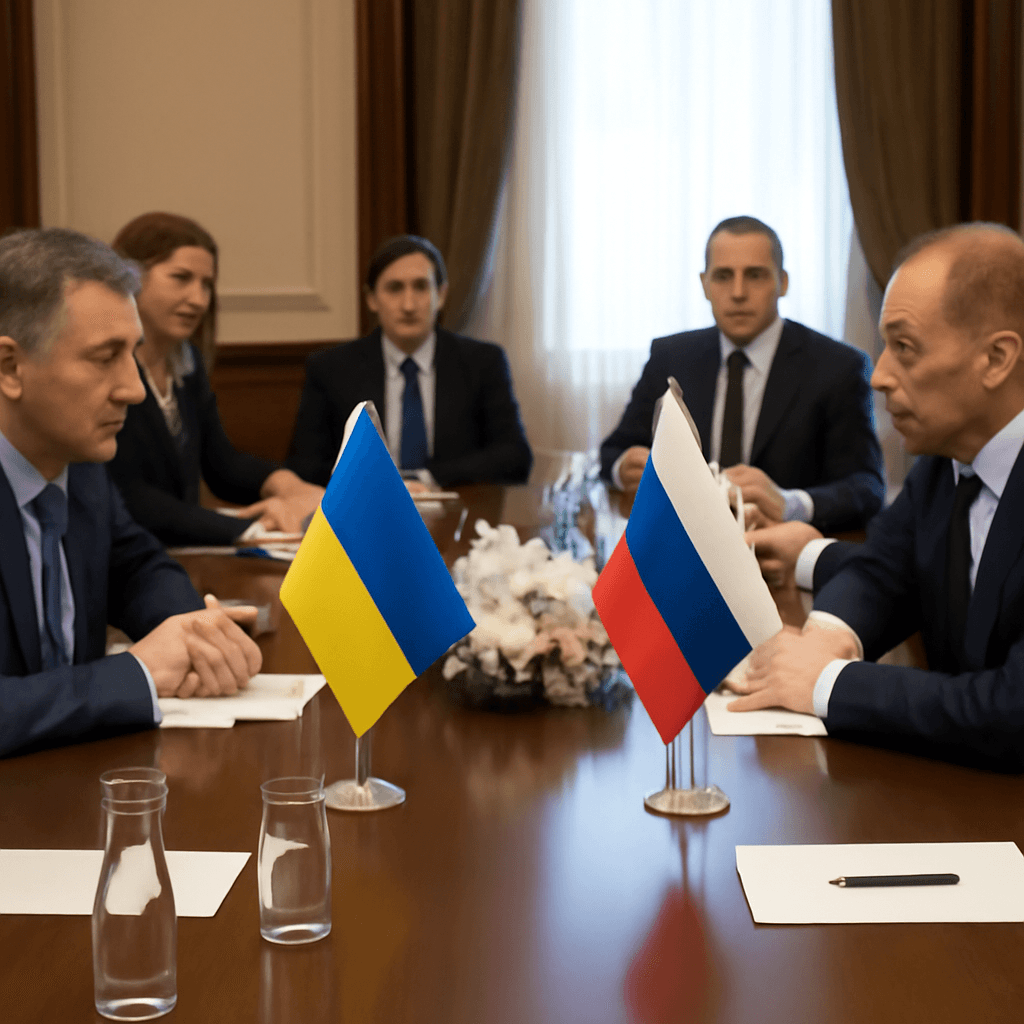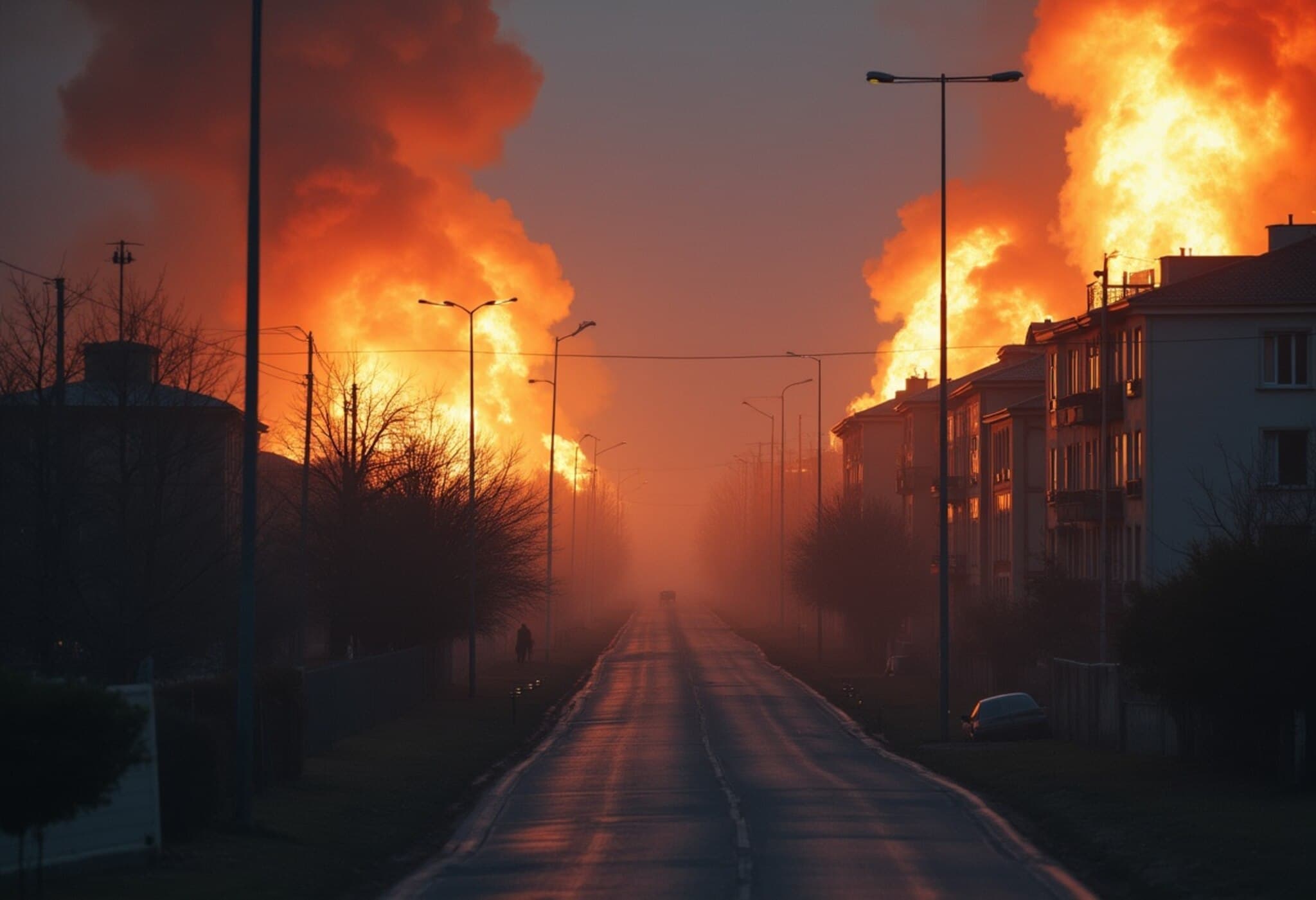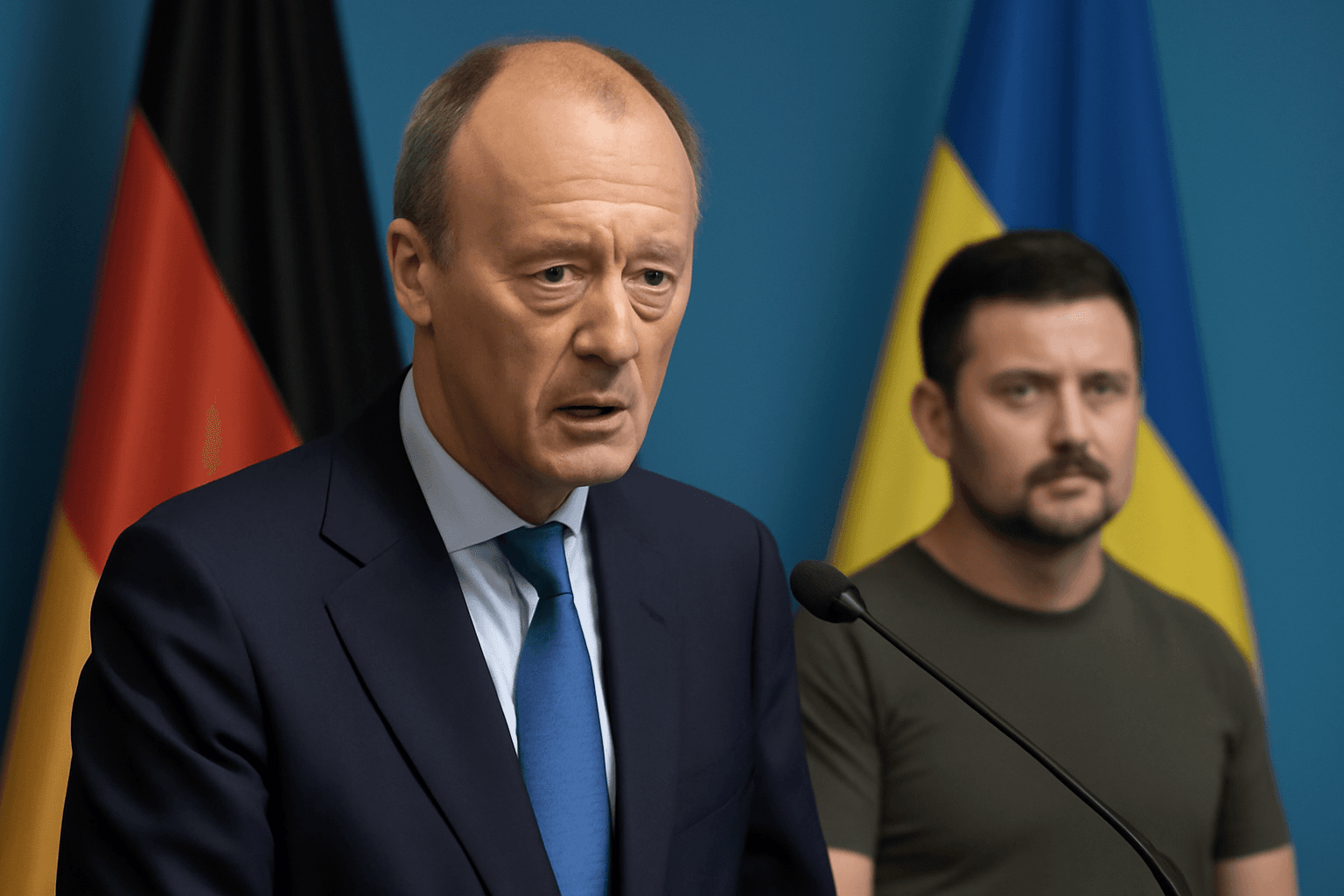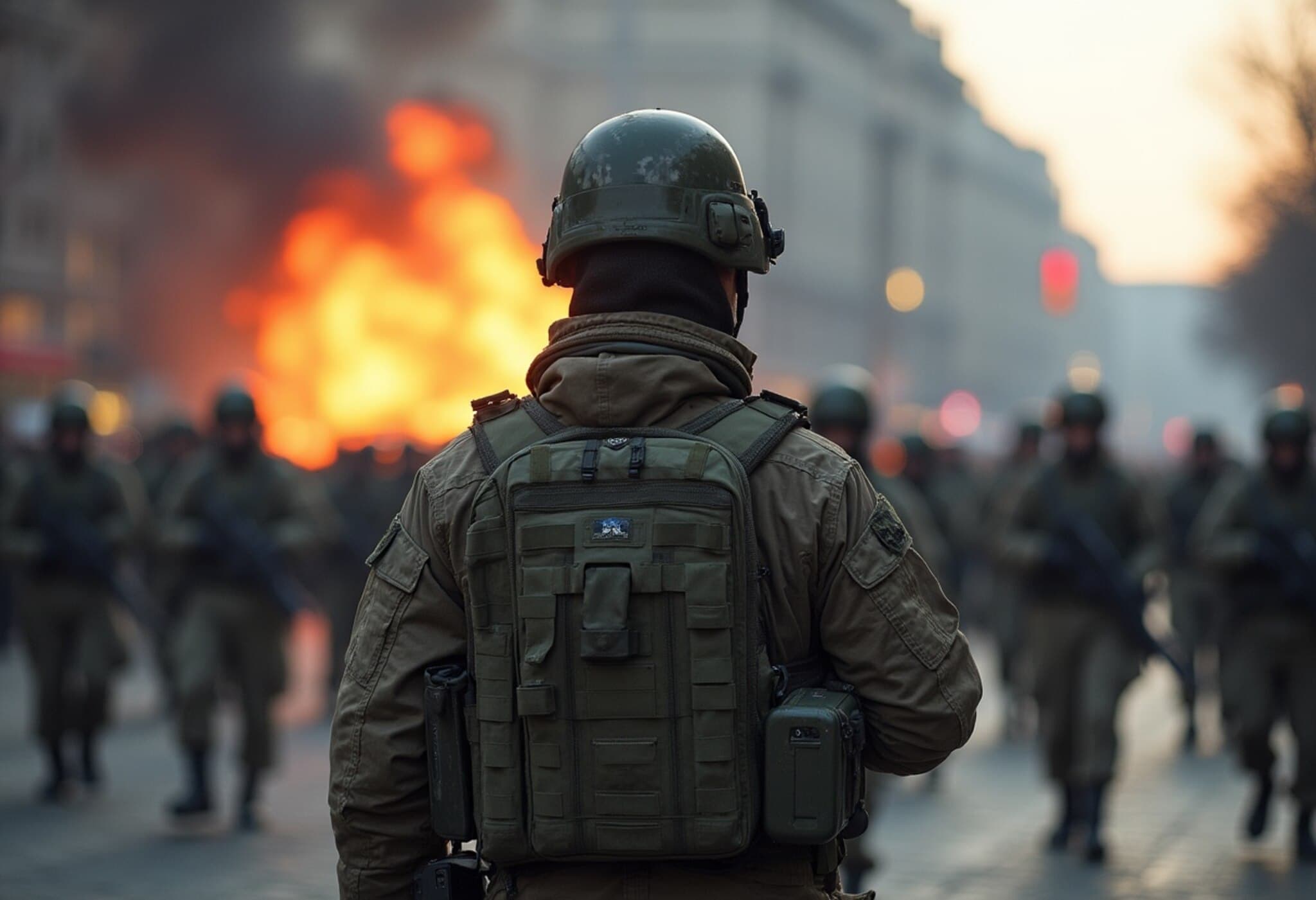ULFA Alleges Drone Strikes on Camps in Myanmar; Indian Army Refutes Claims
In a startling development that has stirred tensions along the Indo-Myanmar border, the banned militant group United Liberation Front of Asom (Independent) or ULFA(I), claimed early Sunday that Indian Army drone strikes targeted its camps, resulting in the deaths of three senior leaders. However, Indian Army officials and Assam’s Chief Minister have firmly denied any knowledge or involvement in such operations.
Details of the Alleged Attacks
The ULFA(I) issued a statement reportedly from its leadership indicating that multiple drone attacks took place between 2 AM and 4 AM on Sunday across various camps situated near the volatile border region. Among the casualties, the militant group identified “Lieutenant General” Nayan Medhi, also known as Nayan Asom, as one of those killed. They further alleged that a missile attack during Medhi’s final rites claimed the lives of two other senior figures — “Brigadier” Ganesh Asom and “Colonel” Pradeep Asom. In addition, 19 others were reportedly injured.
The self-proclaimed second lieutenant Ishan Asom issued a stark warning, signaling a strong reprisal against what ULFA termed a “brutal attack” by the Indian military, which they referred to as “occupational forces.” The statement accused Indian fighter jets of ongoing aggression and appealed to the indigenous Assamese population to unite in retaliation.
Official Responses and Denials
Contrasting sharply with ULFA’s claims, the Indian Army, through Defence spokesperson Lieutenant Colonel Mahendra Rawat, denied any inputs or information pertaining to drone strikes or missile attacks in the area. This absence of official confirmation adds to the complexity and ambiguity surrounding the event.
Meanwhile, Assam Chief Minister Himanta Biswa Sarma, when questioned by reporters in Golaghat, echoed the denial, stating, “The Assam police are not involved in this and no operation was carried out from Assam’s soil. Usually, when such incidents take place, there is a statement from the Indian Army, but none has been issued yet. Perhaps clarity will emerge later.”
Contextualizing the Conflict: ULFA’s Ongoing Struggle and Assamese Sovereignty Demands
ULFA has long been engaged in a separatist struggle aiming for the sovereignty of Assam. Led by Paresh Baruah, the group’s armed faction continues to maintain camps in Myanmar’s border areas, frequently complicating cross-border relations. Notably, a splinter faction favoring peace talks signed a tripartite peace agreement with the Indian Union and Assam state governments as recently as December 2023, highlighting internal divisions within the movement.
The latest claims, if verified, could signal a dangerous escalation in the region’s security dynamics, which have profound implications not only for Assam and India’s northeastern stability but also for Indo-Myanmar relations and broader regional security architectures.
Implications and Expert Insights
- Security Paradigm Shift: The alleged use of drones signals a tactical evolution in India’s counter-insurgency operations, reflecting a global trend toward unmanned aerial technology for intelligence and precision strikes.
- Cross-Border Sovereignty Challenges: The persistence of insurgent camps in Myanmar underscores ongoing diplomatic and operational challenges, especially in managing porous borders and ensuring regional peace.
- Local Political Sensitivities: Assam’s political leadership faces the delicate task of balancing robust security responses while avoiding civil unrest or alienation of ethnic communities deeply affected by militancy and counter-insurgency.
As details remain sparse and conflicting, independent verification and transparency from official channels are crucial to prevent misinformation and maintain public trust. This incident highlights the complex interplay between armed insurgencies, national security policies, and regional geopolitics in India’s northeast.
Editor’s Note
While the ULFA’s claims have yet to be independently confirmed, the situation underscores the fragile security balance in Northeast India. The absence of official acknowledgment invites questions about the transparency of counter-insurgency operations and the potential repercussions for civilians and diplomatic relations in the region. Readers are encouraged to watch for updates as the story develops, reflecting the ongoing challenges faced by governments dealing with insurgent groups entrenched across international borders.

